Last weekend, Army Chief General MM Naravane was on a visit to the forward areas in Ladakh for a security review of the situation there. The Indian and Chinese troops have been in a standoff mode for more than a year now. Gen Naravane, while assuring that the Indian forces are ready for any eventuality, said on Saturday that China has built substantial infrastructure along the Line of Actual Control (LAC).
“China has built a lot of infrastructure on its side to deploy more troops. We are monitoring so that we are ready to respond. We have inducted advanced weaponry. We are strong, we are ready to face any situation,” the army chief told a news channel.
To average Indians, the Dragon has been an enigma for long. They just don’t understand why China behaves the way it does even when India has gone out of the way to accommodate its concerns.
For instance, when the People’s Liberation Army (PLA) invaded Tibet in 1949, India, despite its long civilisational links with Lhasa, decided to side with Mao Zedong. The then prime minister, Jawaharlal Nehru, told the Tibetans in no uncertain terms to look for autonomy within Chinese suzerainty. India’s placatory policies didn’t stop there. When the invading PLA troops faced food scarcity in Tibet, the Nehruvian dispensation supplied rice for four years. This rice diplomacy continued for four years till the first truck reached Lhasa from the Chinese side in 1955.
One wonders what would have happened had India not sent rice. Would the PLA have consolidated so easily its hold over Tibet? Instead of confronting China over its forceful annexation of Tibet, which replaced a peaceful neighbour for India with an imperialist one, the Nehru government felicitated the same by providing food for the invading troops.
Interestingly, India was among the first nations to recognise communist China on 31 December 1949. Not stopping there, a few months later, when the United States offered India a seat in the Security Council, Nehru refused saying the Chinese deserved to be there first! For all this, Nehru got the 1962 humiliation in return! Mao launched a short but swift war which India lost without even a good fight, and without even using the much superior air power, which many Chinese watchers today believe could have pushed the invading PLA troops into a corner.
This Chinese perfidy continues till date. After the Doklam crisis, Prime Minister Narendra Modi hosted Chinese President Xi Jinping for an informal summit at Mamallapuram in 2019. Within a year, this was followed by China’s biggest military move in the Himalayas since the early 1960s when the PLA attacked Indian troops at the Galwan valley in eastern Ladakh in June 2020; the standoff continues till this date. The difference, however, is that there’s no Nehru in India this time. And it’s not the India of 1962.
But the big question still remains unanswered: Why do we invariably fail to gauge the true nature of the Dragon? And more importantly, can the Elephant and the Dragon ever be friends? The answer lies in how the Chinese look at the Indians. And what their perception of India is.
Reshma Patil in her book, Strangers Across the Border: Indian Encounters in Boomtown China, gives firsthand information to help us peep into the elusive Chinese mind. The book opens with the author finding herself among young Chinese students in a Beijing university. What struck her on the campus was their “ignorance about and lack of engagement” with India. One student said he had never heard of Mumbai, while another asked if India is near… Nepal!
The common refrain, according to Patil, was: India is dirty. India is poor. India invaded and seized China’s land. And India hosts the Dalai Lama! Instead of being curious about India’s functioning democracy, the Chinese students were more interested in poverty, caste discrimination and of course Hindu-Muslim discord! Very few saw India’s rise as “peaceful”.
Patil encountered this Chinese mindset—which Kanti Bajpai calls the byproduct of historical ignorance and disdain for India in his 2021 book India Versus China—among the business class too. At a meeting in Changzhou, amid senior executives from blue-chip Indian companies, a local trade official expressed surprise at the prospect of “manufacturing” in India. “We have only heard of Indian IT (Information technology),” he said. No wonder, in surveys conducted between 2000 and 2010, Chinese consumers identified the Indian economy at the bottom of a list of significant economies, coming below North Korea and Pakistan!
Despite this overwhelming negative opinion about India, China, while keeping the borders in a flux, never pushed the flashpoint button? So, why did the Dragon suddenly become hyperactive this time—first in Doklam and now in Galwan? After all, the Indian government hasn’t done anything to provoke the Chinese. In fact, the Modi dispensation can be accused of being too cautious and careful while dealing with the Dragon. So much so that there was a time when the Dalai Lama was given an honorable cold-shoulder by the current dispensation. And India for a long time looked hesitant to be seen on the Quad platform.
But then India, especially since the arrival of PM Modi at Raisina Hill, took several decisions that targeted the long-held status quoist approach. Whether it was the reorganisation of Jammu & Kashmir or the renewed vigour with which it pushed the border roads and infrastructure or even took initiatives to reform the economy and the armed forces, the Chinese realised they were dealing with a regime that was markedly different from the traditional Nehruvian order.
Here one can recall what Kanti Bajpai writes in his book, “India as the weaker power is unwilling to make concessions. It doesn’t want to further embolden China. China as the stronger power is also unwilling to make concessions. It doesn’t see why it should do so given its strength.”
Without endorsing Bajpai’s conclusions, which erroneously put a significant part of the blame with India for the continuing Chinese challenge, one finds some truth in the above statement: That China doesn’t see why it should make concessions given its strength. The Xi Jinping dispensation could have let the borders remain ‘peaceful’ for some more time, had India not woken up from the long strategic slumber initiated by the heady ideological mix of the Nehruvian order and the lack of strategic understanding. When Beijing saw Delhi proactively plugging the gaps—whether through infrastructure and highway push along the LAC, or re-orientating some of India’s core diplomatic and geostrategic narratives, the PLA was rushed into action. It was a now-or-never moment for the Chinese.
Till a decade ago, their approach was to keep the border dispute ‘manageable’ till the time the power equilibrium was getting wider in favour of the Dragon. The moment the Modi government tried to turn things around and it became apparent that it’s no longer business as usual at the LAC, the situation turned volatile. Troops, which were till then operating in the shadows, rushed out in the open, and tanks and missiles moved dangerously closer to the borders.
But here’s the silver lining: If history is any guide, when China—following the heady cocktail of Sun Tzu’s The Art of War and the communist mastery over doublespeak—talks of peace, it actually means India should prepare for war. This time when it is threatening to wage a war, one can sense an opening. It’s the realisation among the mandarins that things can no longer be managed as per their plans. Time is crucial. India can’t afford to duck anymore. It can’t afford not to look into the Dragon’s eyes and tell in no uncertain terms that the era of unilateral concessions is over. The actual handling may not be that easy, but then it’s obvious! After all, we are dealing with the Dragon. Aren’t we?


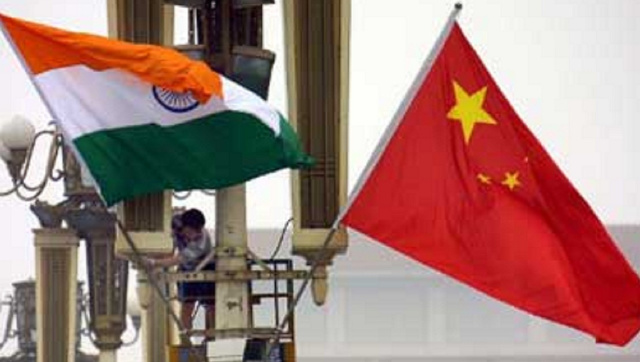)




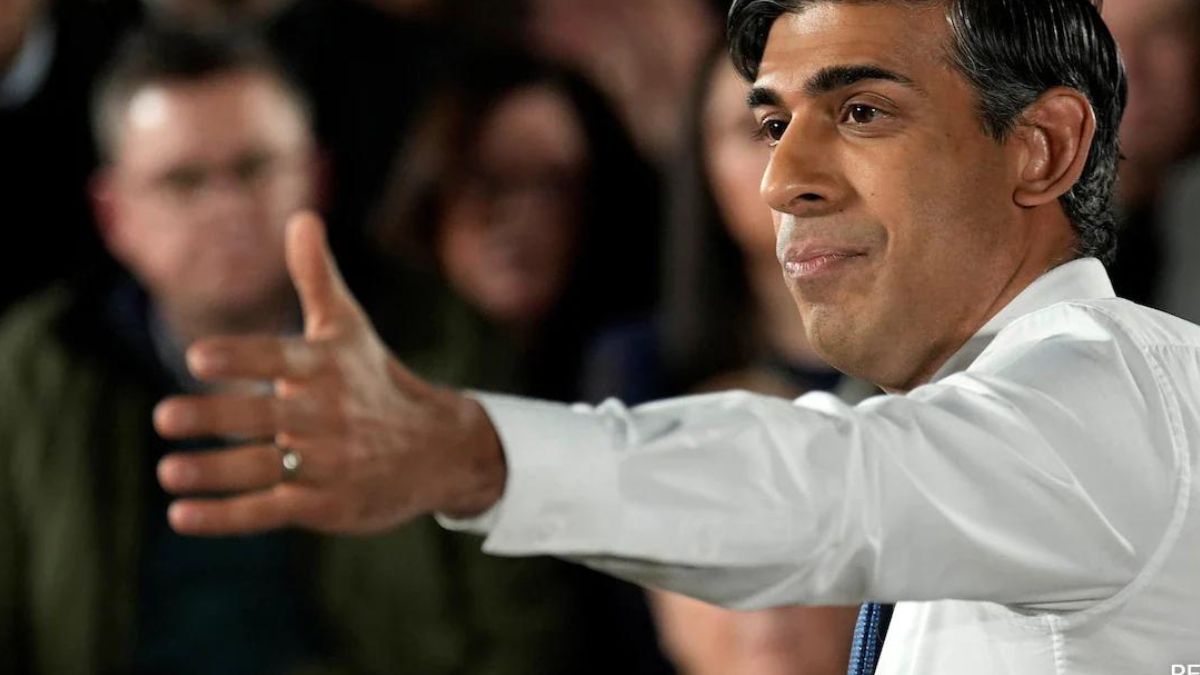)
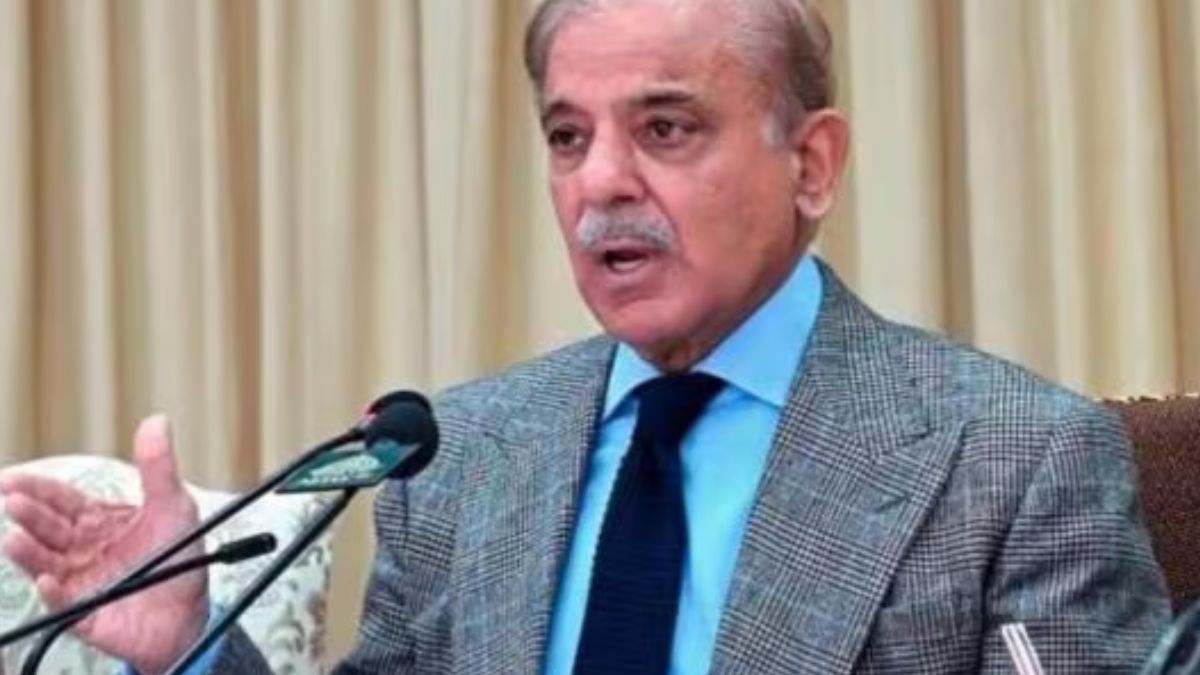)
)
)
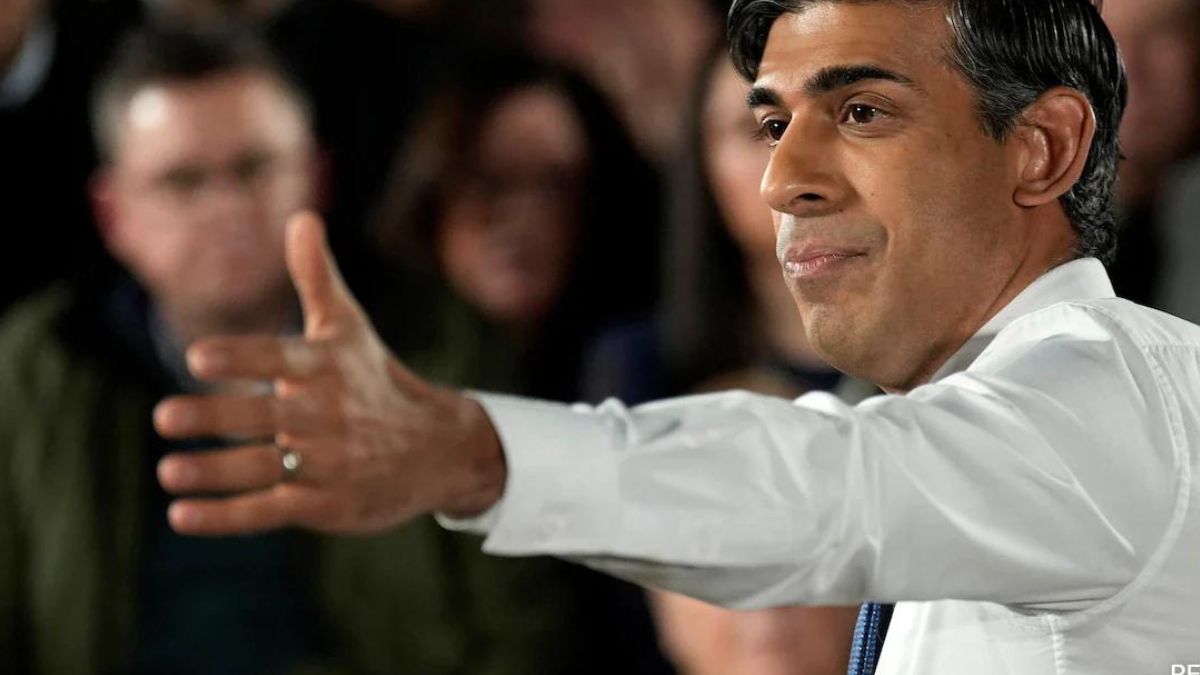)
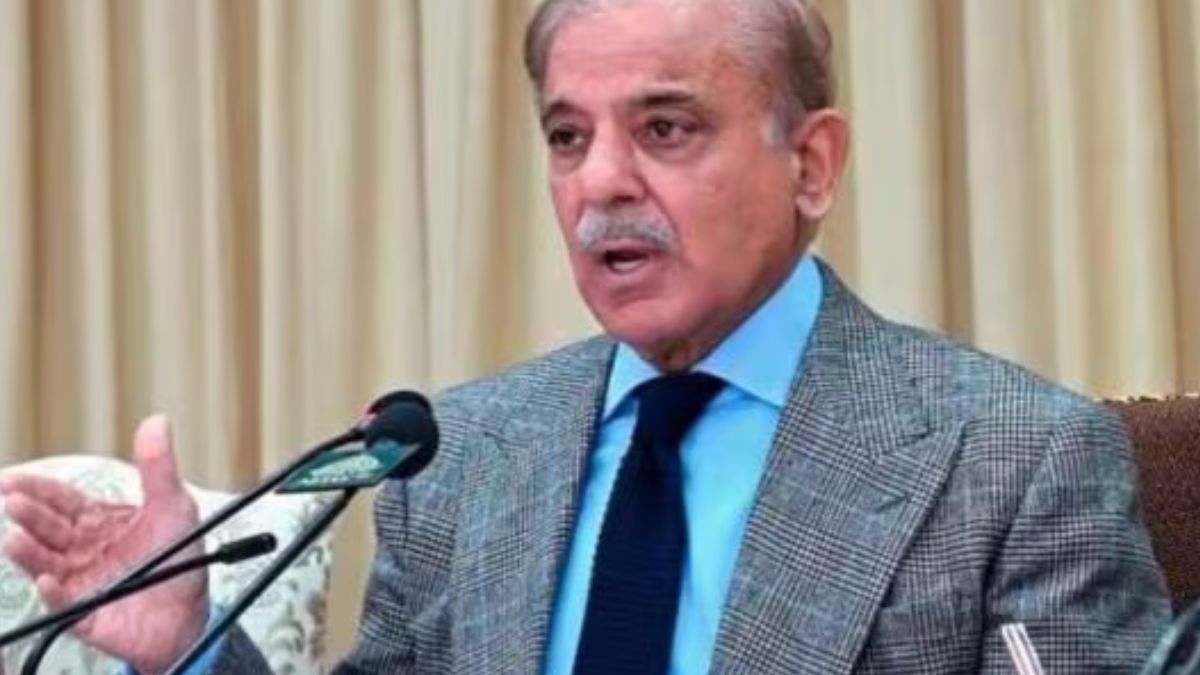)
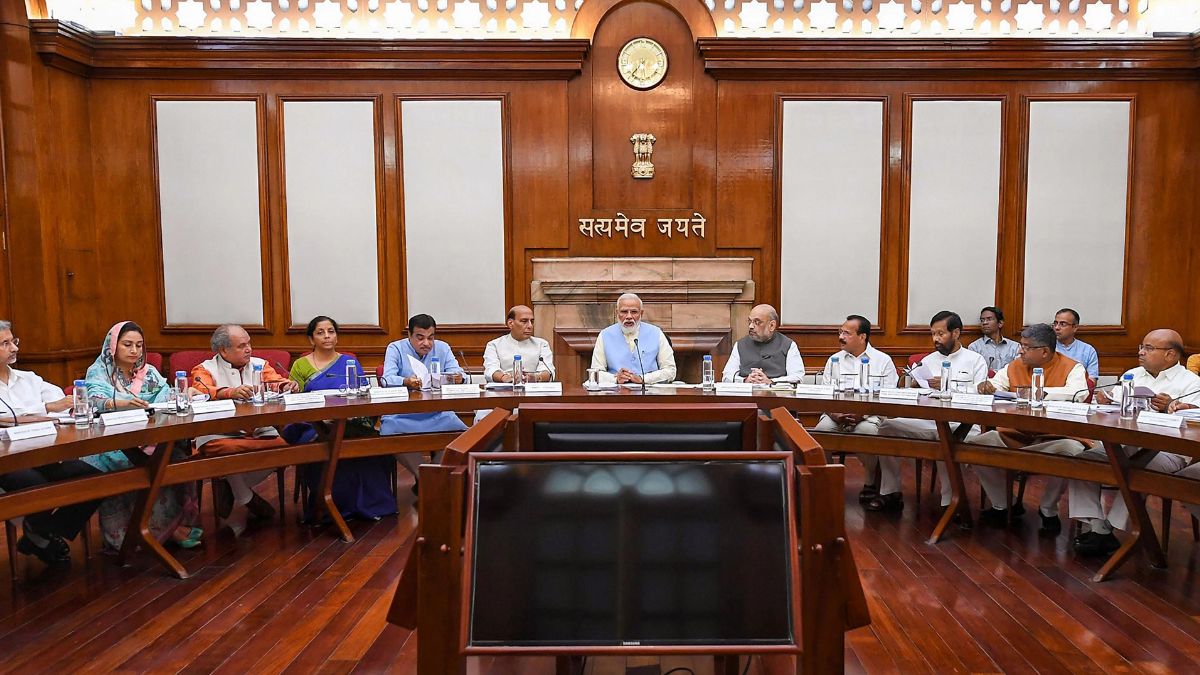)
)